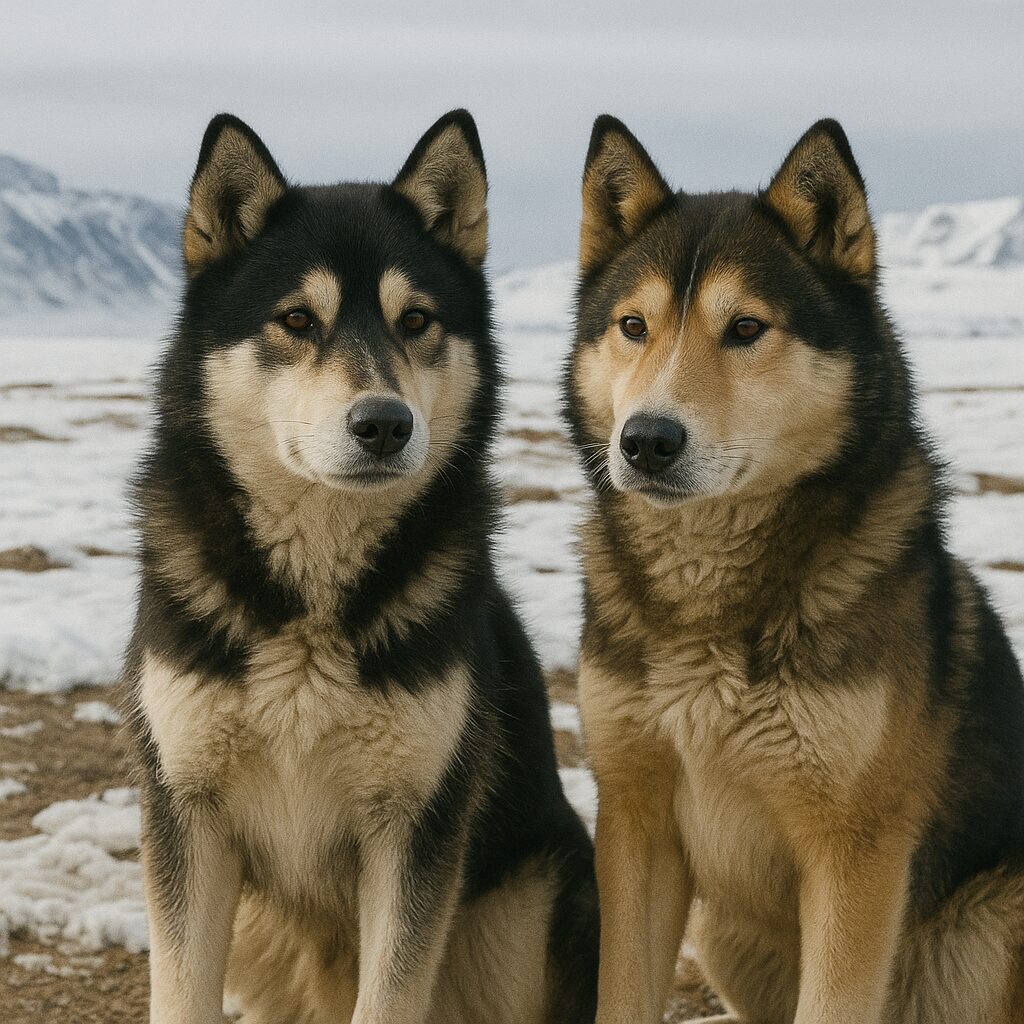In 1958, Japan’s Antarctic expedition faced a heart-wrenching decision: evacuate their team but not their sled dogs. Fifteen Sakhalin Huskies were left chained in the wasteland of Antarctica, given minimal food, and presumed doomed. Almost miraculously, eleven months later, two of them, Taro and Jiro, were found alive. Their astonishing survival captured the world’s heart and turned them into enduring symbols of courage, loyalty, and resilience.
A Mission Abandoned but Not Forgotten
During the Second Japanese Antarctic Research Expedition of 1958, scientists aboard the icebreaker Sōya could not return to Showa Station due to worsening weather. In a desperate rush, they evacuated by air, tragically leaving behind fifteen sled dogs chained outside, provided only a few days’ worth of supplies.
A Harrowing Winter and a Miracle
Eleven months later, on January 14, 1959, members of the Third Expedition returned. Their expectations were grim but they were greeted instead by the sight of two survivors: Taro and Jiro. Out of the fifteen, seven dogs remained chained and perished; six had vanished, while Taro and Jiro had somehow endured.
These two brothers had broken free and survived in one of Earth’s harshest environments, earning fame as national heroes.
How Did They Survive?
Though exact details remain a mystery, researchers believe they resorted to hunting for penguins, seals, and possibly digging for frozen gobies or feeding off seal and bird droppings. Importantly, there’s no evidence they resorted to cannibalism.
Legend holds that they stayed close to the base, unwaveringly guarding hope that their humans would return.
Their Legacy: Heroes Etched in History
-
Taro eventually returned to Japan and lived at Hokkaido University, passing away in 1970. His mounted body is displayed in the university’s botanical garden.
-
Jiro continued his service in Antarctica until his death in 1960; his preserved body is housed at the National Museum of Nature and Science in Tokyo.
Multiple statues and memorials stand throughout Japan: in Wakkanai, in Nagoya, and previously near Tokyo Tower honoring their bravery.
Cultural Impact and Inspiration
Their story inspired the acclaimed 1983 Japanese film Antarctica (Nankyoku Monogatari), and later the Hollywood adaptation, Eight Below (2006) though the latter featured different breeds with a fictionalized plot.
Throughout Japan, Taro and Jiro remain powerful symbols of tenacity, loyalty, and the unbreakable bond between humans and dogs.
Conclusion
Taro and Jiro’s story isn’t just a remarkable survival tale but a testament to spirit, hope, and heroism, etched deeply into Japan’s cultural legacy. Two huskies left behind against all odds, yet still shining as timeless icons of courage and endurance.

